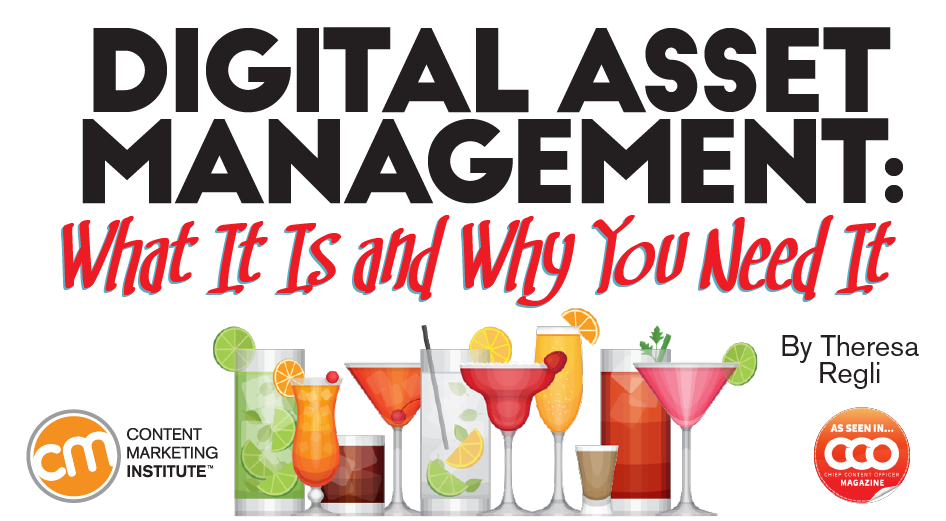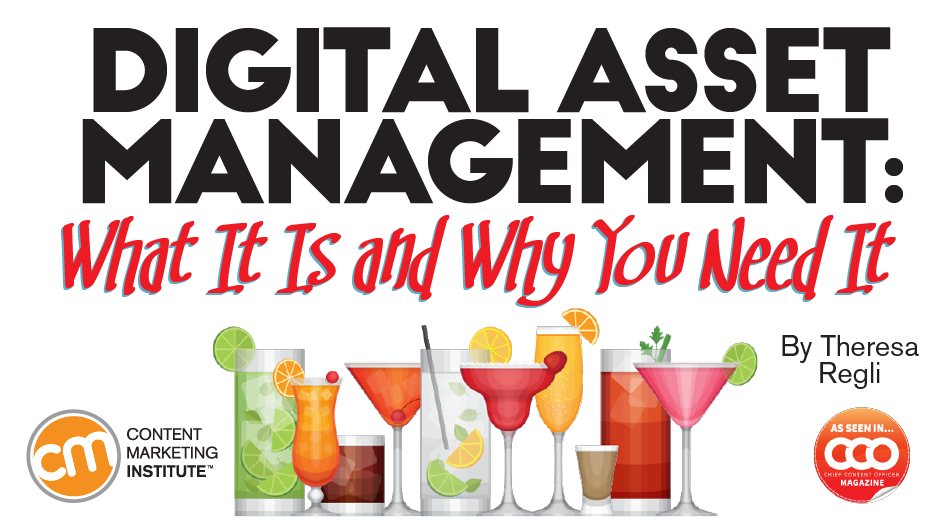Consumers want to organize the experience and consumption of digital media files. Of course, they want to be able to find their assets easily, but most often they want to use digital media “products” to reach prospective customers. Upon completion, you want to distribute and track all the product components, as well as any changes or versions over time. What is digital asset management? To realize the value of a file (or collection of files), you need to have additional information about that asset. What do DAM systems do? Though DAM is first a discipline, it’s also a technology. In its simplest form, a digital asset management system provides a secure repository that facilitates the creation, management, organization, production, distribution, and, potentially, monetization of media files identified as digital assets. Most DAM systems can now integrate with other tools and systems, which, for a content marketer, can be particularly useful. With the right assets and metadata, and a well-mixed cocktail of DAM and martech, it should then be possible to serve targeted content to prospects and customers alike.

Editor’s note: The following is adapted from the author’s book, Digital & Marketing Asset Management: The Real Story of DAM Technology & Practice, published by Rosenfeld Media and copyright by Real Story Group.
Since the turn of the millennium, digital media of all kinds have become an increasingly significant part of our everyday experience. Every day, we consume and interact with photos, audio files, video clips, animations, games, interactive ads, streaming movies, and even experiential marketing, which has gained a digital edge with the rise of virtual reality and augmented reality.
This digital media boom is driven by a combination of trends and innovations: inexpensive, highly functional digital still and video cameras (even as part of mobile devices); increased network bandwidth; decreased storage costs; low-cost, high-performance processors; high-capacity, solid-state memory; affordable cloud services and the requisite digital media infrastructure.
Navigating all this digital media creates challenges for consumers and enterprises alike.
Consumers want to organize the experience and consumption of digital media files. They want to be able to find them, categorize them, and use them when and where they want – and they want to do all of this across multiple devices.
Meanwhile, enterprises and content marketers have a similar but much broader wish list. Of course, they want to be able to find their assets easily, but most often they want to use digital media “products” to reach prospective customers. They may use digital assets as part of a marketing campaign to reach a specific audience in a specific form, such as a digital or physical brochure, an email promotion, a movie trailer, or a website landing page. The digital media could be the product itself – a music collection, streaming television series, video, electronic magazine, e-book or catalog – distributed in a variety of formats or forms.
To produce these products, you need to create, organize, find, and use pieces of digital media: not only the individual images, graphics, photos, video segments, and audio files that form the elements of your product but also the layout, editing, and design files that provide the structure. In most cases, you need to add textual information such as copy, descriptions, and product data as well. Finally, you have to assemble everything together in the right format within the specific production process or workflow.
Upon completion, you want to distribute and track all the product components, as well as any changes or versions over time. Additionally (if that weren’t enough), many digital files have restrictions and rights that must be monitored and respected.
And this, dear readers, is the raison d’être of digital asset management.
Enterprises and content marketers need to manage each piece of the brand story, campaign, or product independently of, or in addition to, managing the whole.
This management of digital media throughout its lifetime is the general domain of digital asset management.
What is digital asset management?
As a discipline and a technology, DAM is all about the control, flexibility, portability, access and reporting of digital assets between organizations, customers, partners and suppliers. (Digital assets are files that have an intrinsic or acquired value over their lifetime.)
DAM is concerned with delivering the right content to the right people, on all devices, mostly in real time, with the ability to track and measure digital asset engagement across an enterprise and its potential global reach.
Technically speaking, a digital asset is more than just the media file. To realize the value of a file (or collection of files),…

COMMENTS